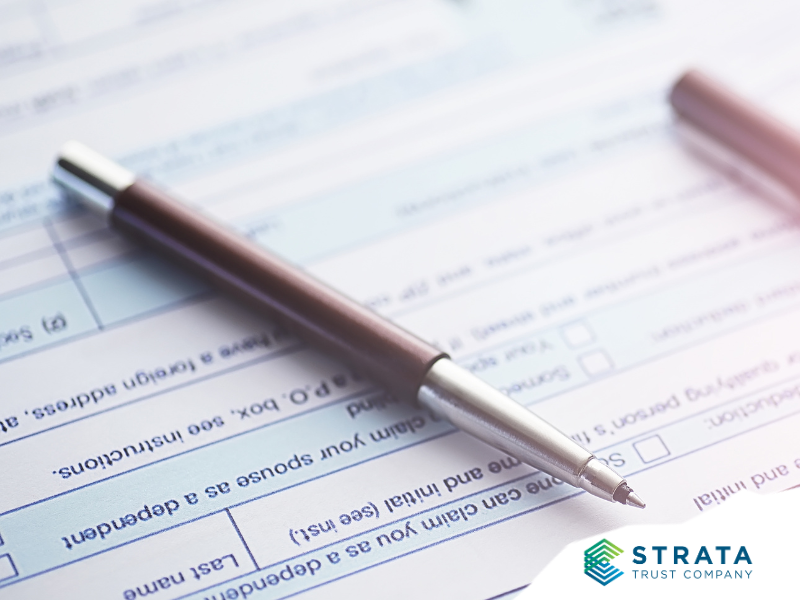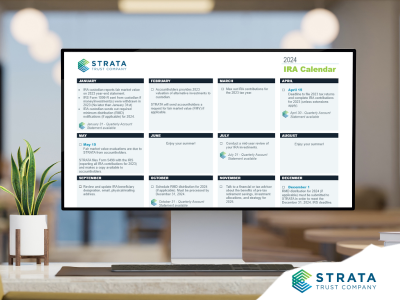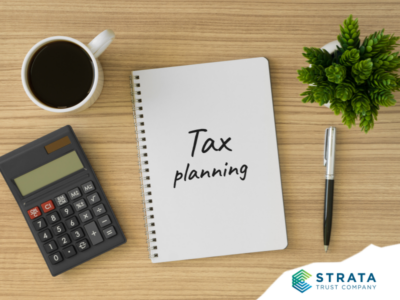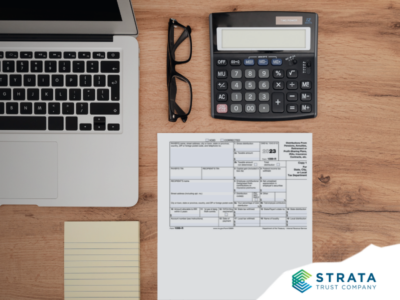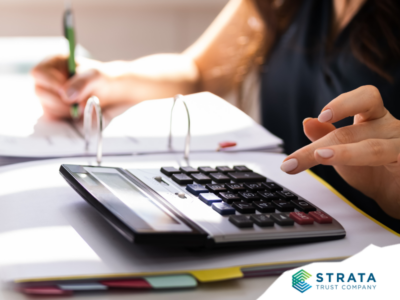Tax filing season is fast approaching—but this filing deadline doesn’t have to create undue apprehension. If you follow a few simple reporting rules for your self-directed IRA, filing your tax returns may be less painful than you might expect. If certain criteria are met, IRS Forms 5329 and 8606 may help you avoid paying too much in penalties or double taxation.
IRA Transactions that Require Additional Forms
Generally, if you take a distribution from your Traditional IRA, the reporting process is usually straightforward: you receive an IRS Form 1099-R showing the distribution amount, and you include that amount as income on your Form 1040 return. There are exceptions, however, such as when you have after-tax assets in your IRA or if you take a distribution from your Roth IRA. Of course, your tax professional should be able to walk you through the details. But there are two IRS forms that you should be aware of because you may need to file them with your federal income tax return.
IRS Form 5329: Additional Taxes on Qualified Plans (Including IRAs) and Other Tax-Favored Accounts
As its name suggests, Form 5329 must be filed with your federal income tax return when you take certain distributions from your IRA that are subject to “additional taxes” (or penalties). Form 5329 is most frequently used for the following transactions:
- Distributions before age 59½
- Excess IRA contributions that are not timely corrected
- Failure to timely distribute a required minimum distribution (RMD)
Normally, if you take a Traditional IRA distribution before the day you reach age 59½, you will be subject to a 10% additional tax. If this is the only penalty that you must pay, you will not have to file Form 5329. Instead, you may simply list this penalty as an “additional tax” on line 8 of Schedule 2 of your 1040. But if you claim an exception to the penalty, you may need to file Form 5329.
| Example: Avoid Penalties for Early Withdrawals |
In 2023 (at age 50), you took an IRA distribution to pay for some of your daughter’s qualified higher education expenses. Your IRS Form 1099-R properly shows a code “1” for an early distribution. To claim the exception—and to avoid the 10% penalty—you must file IRS Form 5329. |
If you needed to take an RMD in 2023 and failed to withdraw it, you must file Form 5329 to pay the penalty or to request a penalty waiver (if there was a reasonable cause for the failure). Starting with the 2023 tax year, the previous penalty for this excess accumulation has been reduced from 50% to 25%. In addition, the penalty can generally be reduced to 10% if the failure is corrected within two years after the penalty arises.
IRS From 8606: Nondeductible IRAs
This form accounts for nondeductible assets (or “basis”) that you contribute to or withdraw from your IRAs. You must file Form 8606 if any of these apply for the 2023 tax year:
- You made nondeductible contributions to a Traditional IRA, including repaying a qualified disaster, a qualified reservist, or a qualified birth or adoption distribution.
- You took a distribution from a Traditional, SEP, or SIMPLE IRA and there is after-tax basis in any such IRAs. (This includes distributions from an inherited IRA.)
- You converted Traditional, SEP, or SIMPLE IRA assets to any Roth IRA.
- You took a nonqualified distribution from any Roth IRA.
Clearly, Form 8606 is used for more than reporting nondeductible IRA contributions. For instance, if you take a nonqualified Roth IRA distribution, you’ll need to tell the IRS what portion, if any, is earnings. Many taxpayers engage in the transactions listed above, and so they should understand the importance of filing the form that will ensure the proper tax treatment.
The Importance of Filing and Retaining IRS Forms
Aside from avoiding a possible penalty for failing to file necessary forms with your federal tax return, filing them may save headaches in the future.
| Example: Avoid Double Taxation |
Emily has made nondeductible contributions to her Traditional IRA for the last several years, but she has failed to file Form 8606 each year to report these contributions. In addition to becoming subject to a $50 fine for each year that she missed filing, Emily has also made it difficult to properly report any future distribution of after-tax basis from her IRAs. She must either amend her previous returns, attaching the required 8606 forms, or she will end up paying tax on the same assets twice—once in the year contributed and again when she withdraws the assets. |
To avoid double taxation, those who have made after-tax IRA contributions to their IRAs (including Roth IRAs) should retain 8606 forms and any other contribution records that will help them document their IRA basis. This applies to Roth IRA contributions as well, when a nonqualified distribution is taken. See our recent article, Calculating Tax on IRA Distributions, for more information.
Talk With an Expert
Contact our self-directed IRA experts if you need direction regarding your IRA tax-filing process. STRATA does not give tax advice, so we encourage you to seek sound tax advice on any specific tax-filing questions.
